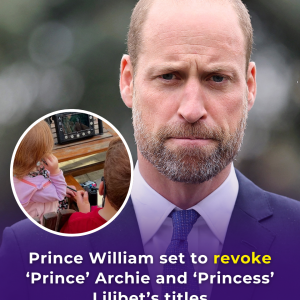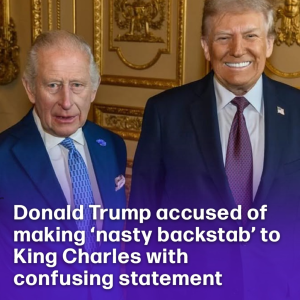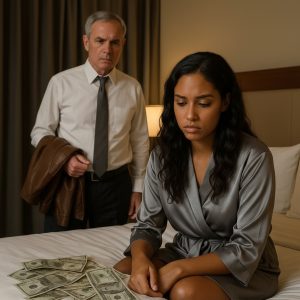
The forensic pathologist who worked on Princess Diana’s inquest has a clear message for conspiracy theorists — they’re wrong.
Dr. Richard Shepherd, one of Britain’s leading forensic pathologists, has performed thousands of autopsies during his long career, including work on some of the world’s most high-profile cases. His investigations have included victims of 9/11, the 7/7 London bombings, the Hungerford massacre, the sinking of the Marchioness, and the Bali bombings.
But the one case he’s asked about more than any other is the death of Diana, Princess of Wales.
The expert, who has examined more than 23,000 bodies, was brought in as a consultant during the inquiry into her death to review the autopsy and give expert evidence.
Recalling the experience, Dr. Shepherd told Tyla: “It’s like standing in the middle of a thunderstorm. Everything’s coming down at you — flashes, bangs — but it was very interesting. We had a critical job to do.”
Princess Diana died in August 1997, aged just 36, following a car crash in Paris. She was travelling through the Pont de l’Alma tunnel with Egyptian film producer Dodi Fayed when their Mercedes-Benz S280 collided at high speed. Dodi’s bodyguard, Trevor Rees-Jones, was also in the vehicle, driven by Henri Paul — later found to have been intoxicated by alcohol and under the effects of prescription drugs.

Although Diana was initially conscious after the crash, she went into cardiac arrest soon after. During surgery, doctors discovered a small tear in a vital pulmonary vein — the injury that ultimately caused her death.
In the years since, her death has been the subject of countless conspiracy theories. Some have falsely claimed that it was not an accident at all, suggesting — without evidence — that the British royal family was involved.
The speculation became so widespread that London’s Metropolitan Police launched Operation Paget to formally investigate the claims. The inquiry concluded there was no evidence of conspiracy, determining that the deaths of Diana and Dodi were the result of a tragic accident.
When asked how he responds to people who still insist on believing otherwise, Dr. Shepherd said bluntly: “I’d just shrug my shoulders and say, ‘Well, you’re wrong.’ You can take 20 facts and knit them into a story if you want, but it doesn’t make it true.”
He continued: “People say, ‘Why was it the 13th pillar in the tunnel?’ Well, that’s random. And if you were part of a so-called ‘Prince Philip Assassination Squad,’ you wouldn’t choose to crash them into the 13th pillar. You’d do something else.”

The pathologist said the theories simply “don’t hold water in the context of what was going on.” He pointed to the established facts: “Henri Paul was drunk, he wasn’t a skilled driver, and he was determined to outrun the paparazzi — possibly with Dodi in the back saying, ‘Just go faster, go faster.’ You can imagine how that situation unfolded. A bad driver, partly drunk, at that speed — it’s not going to end well.”
Reflecting on the experience, Dr. Shepherd said he was acutely aware of the attention surrounding the case. “It was exciting and fascinating to be involved, but I also knew that whatever you said would be challenged by someone. Whatever you said, there’d be a group insisting you were wrong.”
He also shared one haunting detail — that Princess Diana likely would have survived if she had been wearing her seatbelt.
“She might have had a broken rib or a broken arm, but she would have walked away from that crash,” he said. “It was a bad accident, yes, but not unsurvivable. Mercedes cars are designed to absorb that kind of impact. How tragic is that — the one simple click that could have saved her life?”




